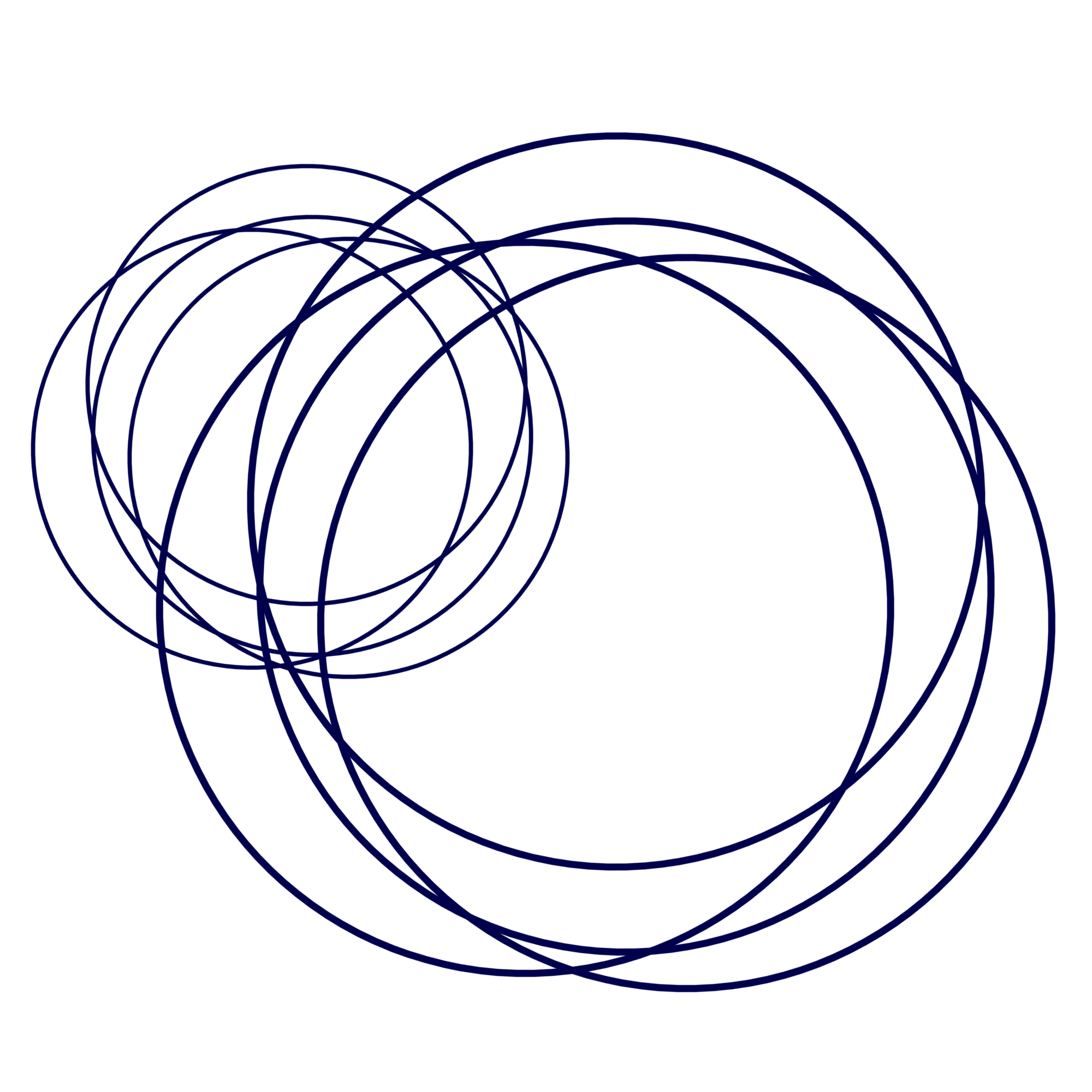That the power that Victor will use to create life is initially associated with destruction
is significant for the symbolic course of the novel. The Creature thus empowered will
ultimately be responsible for three murders.
Erasmus Darwin explains the destructive force of lightning as resulting from the emission
of light and heat through the admixture of what he calls the vitreous and resinous
ethers, in modern terms essentially positive and negative electrical charges (though
he is arguing against Benjamin Franklin's mechanical model of electricity). See Note
XII, sections 2.7, 8.1, and 11.2 of the Additional Notes to his Temple of Nature.
That the forces of nature are equally devoted to creation and destruction is an issue
whose dynamics are central to Byron's conception in Childe Harold's Pilgrimage, Canto
3, and one, likewise, that Percy Bysshe Shelley will later explore in such poems as
"The Cloud" and the "Ode to the West Wind," poems dating from 1819. In those latter
poems one can sense the influence of Indian sacred texts like the Bhagvat-Gita. It
is by no means far-fetched to suggest their applicability to Mary Shelley's large
framing conception of this novel.
